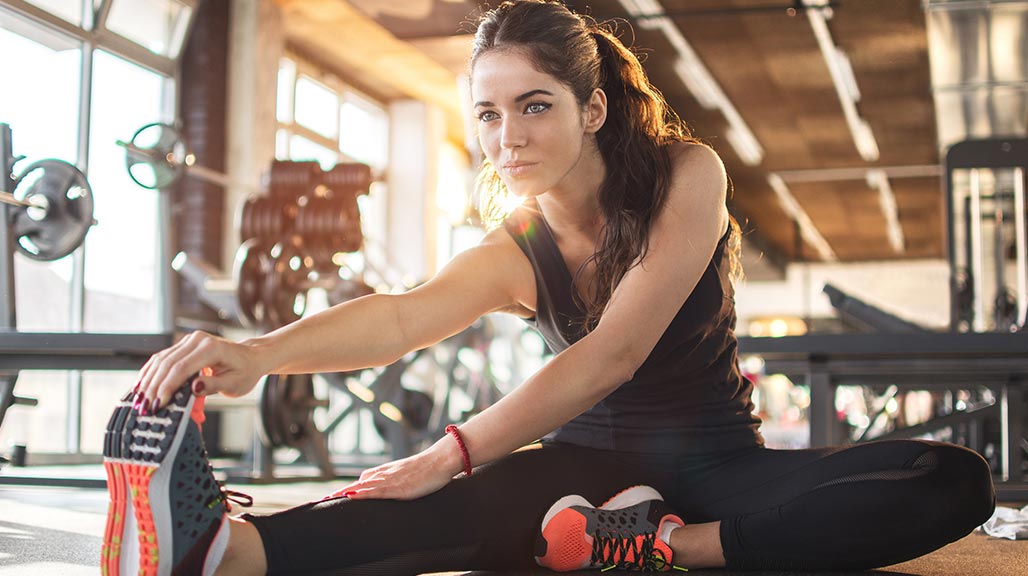Stretching: Before Or After?
 Contributed by
Chris Richards
April 29, 2017
Contributed by
Chris Richards
April 29, 2017

After years of lifting weights without stretching before or after I trained, I realised that my posture was pretty horrendous – not to mention, the people around me could see how tight my shoulders, chest, biceps, and upper back were, which is never a good sign.
So I looked into stretching and remedial work, and how I could integrate this into our weekly training programme.
If you spend hours, days, months in the gym and are not taking the time to stretch, I am more than sure you’ll be just as tight as I was. You’ll be surprised at just how much your body needs the benefits of stretching, and how much it will help you progress in your training. Here’s how:
How A Muscle Works
A muscle is made up of fibrous strands and can appear like an elastic band; when a muscle is warm it’s ‘stretchy’, and when it’s cold it gets tight.
Your muscles are attached to your bones – for example our pec muscles are attached to our clavicle (collar bone), and our trap muscles are attached to our scapula bone. If you’re not stretching after you’ve done a round of weight training, you’re muscles will tighten up and pull on the bones, causing you to have poor posture such as rounding of the shoulders.
When Should You Stretch?
When you should stretch really depends on whether you are of the ‘general population’ or an ‘athlete’. For an athlete, I would recommend dynamic stretching before your session and static stretching after.
For the general population that don’t participate in any type of sport, I would suggest that you stick to just the static stretching.
Dynamic Stretching
Dynamic stretching allows a muscle to be stretched through specific movement to your sport – such as leg swings, hops or bounds – without actually holding the muscle under a particular stretch for a certain time period.
Static Stretching
Static stretching will be beneficial after you have trained, when you have been lifting weights and your muscles have tightened up. It differs from dynamic stretching as the position is held for a specific amount of time.
Warm Ups
Always perform several warm up sets on each lift before you really go for it – starting with more reps and a lower weight, then gradually increasing the weight and lowering the reps until you get to your first working set.
A.R.T
A.R.T (Active Release Technique), is a remedial method to help improve blood circulation to the muscle. After we have trained we not only tighten up the muscle but we damage the muscle fibres and cause them to knot which will result in pain and discomfort for days or weeks after.
To prevent this from happening, I would recommend that you find a good ART practitioner and see them straight after your session whilst the knots are not yet formed. Seeing a professional on a regular basis will reduce pain and improve posture more than you can imagine.
Visit Chris’s page to find out more about his Personal Training Singapore work.
Find out more aboutUltimate Performance Fitness here!
This post was first published on UP Fitness blog and has been reposted on Connected Women with the permission of the author.
Edited by Michelle Sarthou
Image credit: Shutterstock
Did you enjoy this post? Please comment, like and share!










Sorry, the comment form is closed at this time.